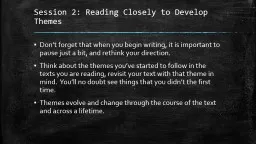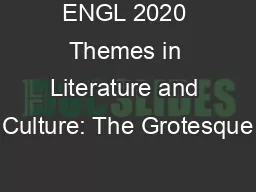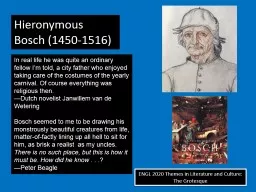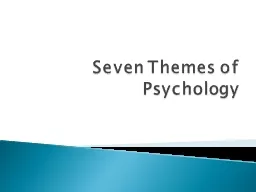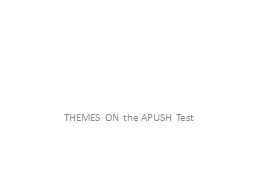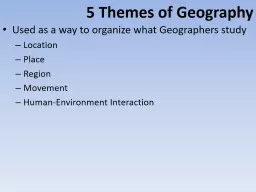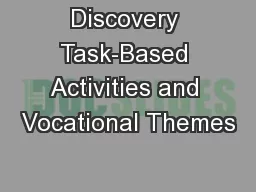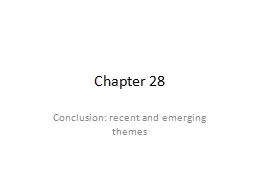PPT-Session 2: Reading Closely to Develop Themes
Author : tatiana-dople | Published Date : 2018-03-10
Dont forget that when you begin writing it is important to pause just a bit and rethink your direction Think about the themes youve started to follow in the texts
Presentation Embed Code
Download Presentation
Download Presentation The PPT/PDF document "Session 2: Reading Closely to Develop Th..." is the property of its rightful owner. Permission is granted to download and print the materials on this website for personal, non-commercial use only, and to display it on your personal computer provided you do not modify the materials and that you retain all copyright notices contained in the materials. By downloading content from our website, you accept the terms of this agreement.
Session 2: Reading Closely to Develop Themes: Transcript
Download Rules Of Document
"Session 2: Reading Closely to Develop Themes"The content belongs to its owner. You may download and print it for personal use, without modification, and keep all copyright notices. By downloading, you agree to these terms.
Related Documents

